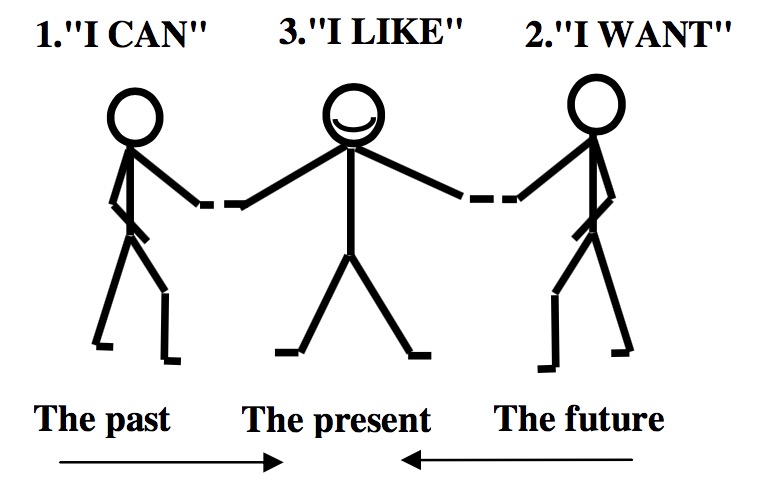4. Self-valuation
4. Self-valuation
Tho’ modesty be a virtue, bashfulness is a vice.
Benjamin Franklin (a Founding Father of the US)
There are two types of self-value: acquired and innate. The former is linked to self-esteem, and the latter to self-respect. Self-esteem feels good when high, but it can also be so low that we feel as if we are falling into an endless pit. This is why it is important to have something to hold onto in these situations, something that does not depend on our successes, or the way we look, or how others see us. This is self-respect. In this area we will examine and discuss both self-esteem and self respect.
Self-esteem
We have all heard of self-esteem and its importance. So let’s examine what self-esteem actually is. To esteem anything is to evaluate it (as in ‘estimate’); so self-esteem is about evaluating or judging ourselves. When we have high self-esteem we think well about ourselves, we hold ourselves in high regard. Conversely, having low self-esteem means not thinking highly about oneself. Self-esteem has much to do with personal achievement and success, but it also depends on our expectations. If our realisations exceed our expectations we will have high self-esteem; if our expectations are greater than our achievements we will have low self-esteem. For example, if you don’t expect to win a medal at the Olympic Games but actually win bronze, your self-esteem will be high. If you expect to win gold but actually win silver, your self- esteem will be low, even though you objectively achieved more than in the first case. So, higher self-esteem can be brought about either by achieving more, or by lowering our expectations.
The effects: self-esteem influences how we feel about ourselves. Research indicates that people with high self-esteem are happier and more effective; they are also likely to be more assertive, independent, and creative.4 However, as we all probably know, there is also a flip side to this, to which we will turn now.

